Gestión Estratégica Potenciada: El Papel de la Ambidestreza Organizacional
Resumen
Este trabajo aborda la imperativa necesidad que tienen las organizaciones de adaptarse a los cambios rápidos y constantes del entorno, subrayando la importancia de la ambidestreza organizacional en la gestión estratégica. Además, se profundiza en cómo las organizaciones pueden equilibrar la explotación de sus modelos de negocio actuales con la exploración de nuevas oportunidades, destacando a la ambidestreza organizacional como un enfoque vital. A través de un análisis documental riguroso en la base de datos de Web of Science, se revelan diversas estrategias para alcanzar la ambidestreza, enfatizando la necesidad de alinear la estrategia organizacional con su estructura. Con este trabajo resalta cómo esta alineación es importante para gestionar los conflictos inherentes a la implementación de actividades duales, contribuyendo significativamente al estado del arte en la materia.
Descargas
Citas
Andriopoulos, C. y Lewis, M. W. (2009). Exploitation-exploration tensions and organizational ambidexterity: Managing paradoxes of innovation. Organization Science, 20(4), 696-717. https://doi.org/10.1287/orsc.1080.0406
Audia, P. G., Locke, E. A. y Smith, K. G. (2000). The paradox of success: An archival and a laboratory study of strategic persistence following radical environmental change. Academy of Management Journal, 43(5),, 837-853. https://doi.org/10.5465/1556413
Bedford, D., Bisbe, J. y Sweeney, B. (2019). Performance measurement systems as generators of cognitive conflict in ambidextrous firms. Accounting, Organizations and Society, 72, 21-37. https://doi.org/10.1016/j.aos.2018.05.010
Benner, M. J. y Tushman, M. L. (2003). Exploration, exploitation, and process management: The productivity dilemma revisited. Academy of Management Review, 28(2), 454-470.
https://doi.org/10.5465/amr.2003.9416096
Chen, R. y Kanna-Narashihan, R. (2015). Formal integration archetypes in ambidextrous organizations. R&D Management, 43(3), 267-286. https://doi.org/10.1111/radm.12083
Duncan, R. B. (1976). The ambidextrous organization: Designing dual structures for innovation. En R. H. Kilmann, L. R. Pondy, y D. Slevin, The Management of Organization Desing: Strategies and Implementation (págs. 167–88). New York: North Holland.
Endrikat, J., Günther, T. y Titus, R. (2020). Consequences of strategic performance measurement systems: A meta-analytic review. Journal of Management Accounting Research, 12(1), 103-136. https://doi.org/10.2308/jmar-52575
Frederick, R. (2015). Making innovation work: Ambidextrous organizations in the seniors housing and care industry. Seniors Housing & Care Journal, 23(1), 76-84.
https://doi.org/10.4467/24498939IJCM.18.005.8384
García, L. F., Úbeda, G. M. y Marco, L. B. (2016). Organizational ambidexterity: exploring the knowledge base. Scientometrics, 107(3), 1021-1040. https://www.doi.org/10.1007/s11192-016-1897-2
Gibson, C. B. y Birkinshaw, J. (2004). The antecedents, consequences, and mediating role of organizational ambidexterity. The Academy of Management Journal, 47(2), 209-226.
https://doi.org/10.2307/20159573
He, Z.-L. y Wong, P.-K. (2004). Exploration vs. exploitation: An empirical test of the ambidexterity hypothesis. Organization Science, 15(4), 481-494. https://doi.org/10.1287/orsc.1040.0078
Hernández, H. G., Cardona, D. A. y Del Rio, J. L. (2017). Direccionamiento Estratégico: Proyección de la Innovación Tecnológica y Gestión Administrativa en las Pequeñas Empresas. Información Tecnológica, 28(5), 15-22. http://dx.doi.org/10.4067/S0718-07642017000500003
Huerta-Riveros, P., Gaete-Feres, H. y Pedraja-Rejas, L. (2020). Dirección estratégica, sistema de información y calidad. El caso de una universidad estatal chilena. Información Tecnológica, 31(2), 253-266. http://dx.doi.org/10.4067/S0718-07642020000200253
Janse, J. J., Van den Bosch, F. A. y Volberda, H. W. (2005). Exploratory innovation, exploitative innovation, and ambidexterity: The impact of environmental and organizational antecedents. Schmalenbach Business Review, 57(4), 351-363. https://doi.org/10.1007/BF03396721
Kang, S.-C. y Snell, S. A. (2009). Intellectual capital architectures and ambidextrous learning: A framework for human resource management. Journal of Management Studies, 46(1), 65-92. https://doi.org/10.1111/j.1467-6486.2008.00776.x
Kaplan, S. y Henderson, R. (2005). Inertia and incentives: Bridging organizational economics and organizational theory. Organization Science, 16(5), 509-521.
https://doi.org/10.1287/orsc.1050.0154
Lavie, D., Stettner, U. y Tushman, M. L. (2010). Exploration and exploitation within and across organizations. Academy of Management Annals, 4(1), 109-155.
https://doi.org/10.5465/19416521003691287
Lubatkin, M. H., Simsek, Z., Ling, Y. y Veiga, J. F. (2006). Ambidexterity and performance in small-to medium-sized firms: The pivotal role of top management team behavioral integration. Journal of Management, 32(5), 646-672. https://www.doi.org/10.1177/0149206306290712
Malik, A., Pereira, V. y Tarb, S. (2019). The role of HRM practices in product development: Contextual ambidexterity in a US MNC’s subsidiary in India. The International Journal of Human Resource Management, 30(4), 536-564. https://doi.org/10.1080/09585192.2017.1325388
March, J. G. (1991). Exploration and exploitation in organizational learning. Organization Science, 2(1), 71-87.
O'Reilly, C. A. y Tushman, M. L. (2004). The ambidextrous organization. Harvard Business Review, 82(4), 74-81.
O'Reilly, C. A. y Tushman, M. L. (2013). Organizational ambidexterity: Past, present, and future. Academy of Management Perspectives, 27(4), 324-338.
O'Reilly, C. y Tushman, M. (2008). Ambidexterity as a dynamic capability: Resolving the innovator's dilemma. Research in Organizational Behavior, 28, 185-206.
https://doi.org/10.1016/j.riob.2008.06.002
O'Reilly, C., Harreld, B. y Tushman, M. (2009). Organizational Ambidexterity: IBM and Emerging Business Opportunities. California Management Review, 51, 1-25.
http://dx.doi.org/10.2139/ssrn.1418194
Puranam, P., Singh, H. y Zollo, M. (2006). Organizing for innovation: Managing the coordination-autonomy dilemma in technology acquisitions. The Academy of Management Journal, 49(2), 263-280. https://doi.org/10.2307/20159763
Raisch, S. y Birkinshaw, J. (2008). Organizational ambidexterity: Antecedents, outcomes, and moderators. Journal of Management, 34(3), 375-409.
https://doi.org/10.1177/0149206308316058
Raisch, S., Birkinshaw, J., Probst, G. y Tushman, M. (2009). Organizational ambidexterity: Balancing exploitation and exploration for sustained performance. Organization Science, 20(4), 685-695.
https://doi.org/10.1287/orsc.1090.0428
Rego do, J. D. y Varga de, E. R. (2018). Estratégica ambidestra em redes de restaurantes: o dilema "padronização vs inovação". Revista Alcanze, 25(1), 20-37. Recuperado de
https://siaiap32.univali.br/seer/index.php/ra/article/view/11504
Sayeb, N., Lento, C. y Henderson, M. (2021). Application of the Balanced Scorecard for strategy reformulation: Perspectives from a Canadian municipality. Canadian Journal of Administrative Sciences, 1-19. https://doi.org/10.1002/cjas.1644
Siggelkow, N. y Levinthal, D. (2003). Temporarily divide to conquer: Centralized, decentralized, and reintegrated organizational approaches to exploration and adaptation. Organization Science, 14(6), 650-669. https://doi.org/10.1287/orsc.14.6.650.24840
Simsek, Z. (2009). Organizational ambidexterity: Towards a multilevel understanding. Journal of Management Studies, 46(4), 597-624. https://doi.org/10.1111/j.1467-6486.2009.00828.x
Simsek, Z., Heavey, C., Veiga, J. F. y Souder, D. (2009). A typology for aligning organizational ambidexterity's conceptualizations, antecedents, and outcomes. Journal of Management Studies, 46(5), 864-894. https://www.doi.org/10.1111/j.1467-6486.2009.00841.x
Taródy, D. (2016). Organizational ambidexterity as a new research paradigm in strategic management. Vezetéstudomány/Budapest Management Review, 47(59), 39-52. Recuperado de
http://unipub.lib.uni-corvinus.hu/2363/
Tarroco, R. (2006). Writing integrative literature reviews: Guidelines and examples. International Journal of Adult Vocational Education and Technology, 4(3), 356-367.
https://doi.org/10.1177/1534484305278283
Tushman, M. y Anderson, P. (1986). Technological discontinuities and organizational environments. Administrative Science Quarterly, 31(3), 439-465. https://doi.org/10.2307/2392832
Tushman, M. y O'Reilly , C. (1996). Ambidextrous organizations: Managing evolutionary and revolutionary change. California Management Review, 38(4), 8-29.
https://doi.org/10.2307/41165852
Tushman, M. y Romanelli, E. (1985). Organizational evolution: A metamorphosis model of convergence and reorientation. Research in Organizational Behavior, 7, 171-222.
Volberda, H. W. (1999). Building the flexible firm: How to remain competitive. Oxford University Press.
Https://doi.or/10.1093/acprof:oso/9780198295952.001.0001
Silva Herrera , G. A. (2023). La Influencia de las Redes Sociales en el Sistema Judicial. Estudios Y Perspectivas Revista Científica Y Académica , 2(1), 1-26. https://doi.org/10.61384/r.c.a.v2i1.7
Morales Mendoza, C. (2020). Cuidados paliativos y atención a pacientes con enfermedades crónicas avanzadas en América Latina. Revista Científica De Salud Y Desarrollo Humano, 1(1), 15–31. https://doi.org/10.61368/r.s.d.h.v1i1.7
Vargas Serafin, A. A. (2023). El cuidado de sí y la estética de la existencia: prácticas para reflexionar en torno a la educación. Una aproximación desde Michel Foucault . Emergentes - Revista Científica, 3(2), 32-42. https://doi.org/10.60112/erc.v3i2.30
Boza Calvo , R., & Solano Mena , S. (2021). Effectiveness Analysis of The Implementation of The Strategy of Simulation in Education According to The Perception of The Facilitators Involved in The Process as Of the Second Quarter Of 2016. Sapiencia Revista Científica Y Académica , 1(1), 61-77. Recuperado a partir de https://revistasapiencia.org/index.php/Sapiencia/article/view/14
Sethi, P., Sonawane, S., Khanwalker, S., Keskar, R. B. (2017). Automatic text summarization of news articles. 2017 International Conference on Big Data, IoT and Data Science (BID), pp. 23–29.
Derechos de autor 2024 Hassir Lastre Sierra, Antonio Ruiz Molina

Esta obra está bajo licencia internacional Creative Commons Reconocimiento 4.0.

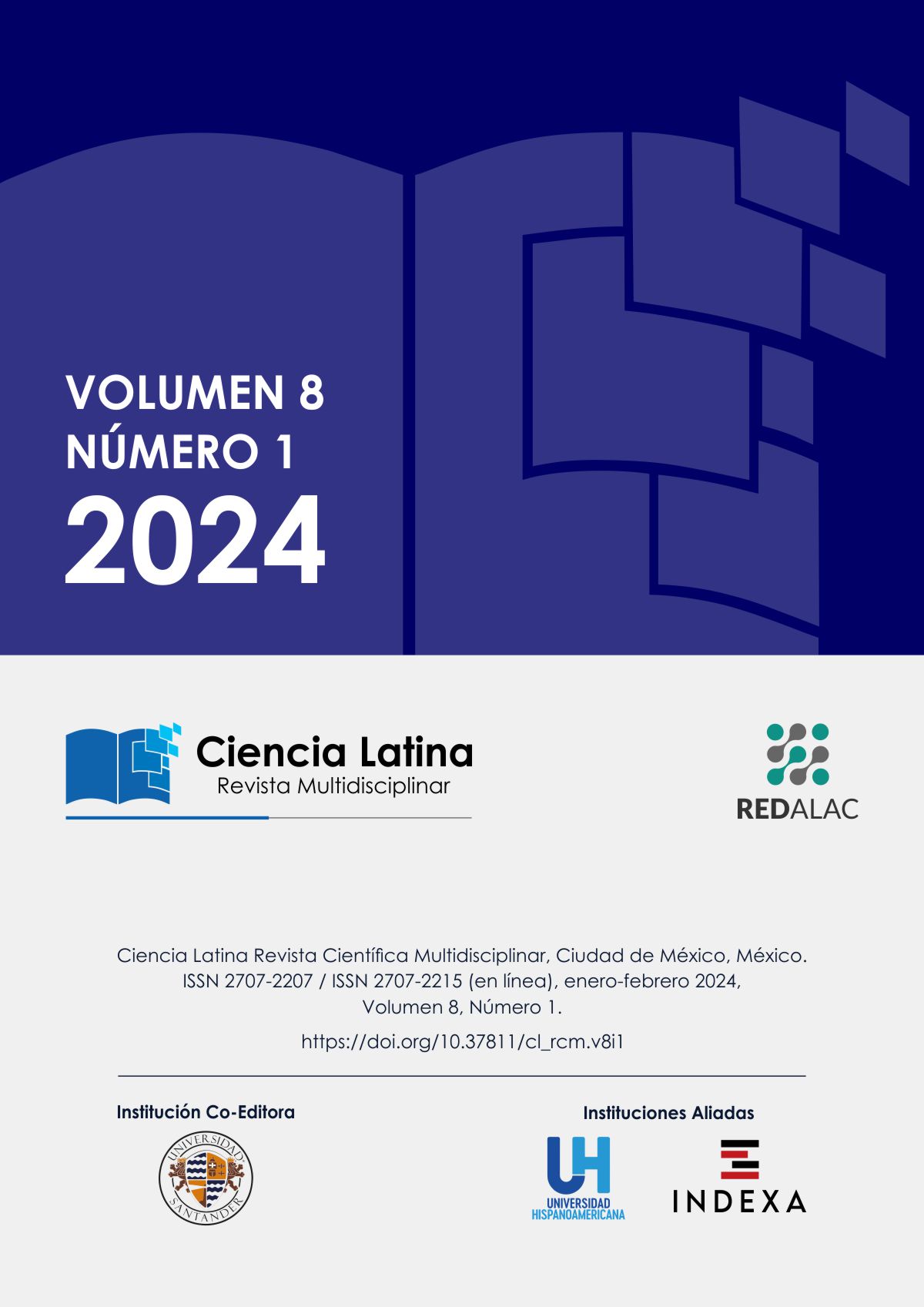









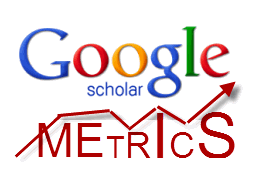
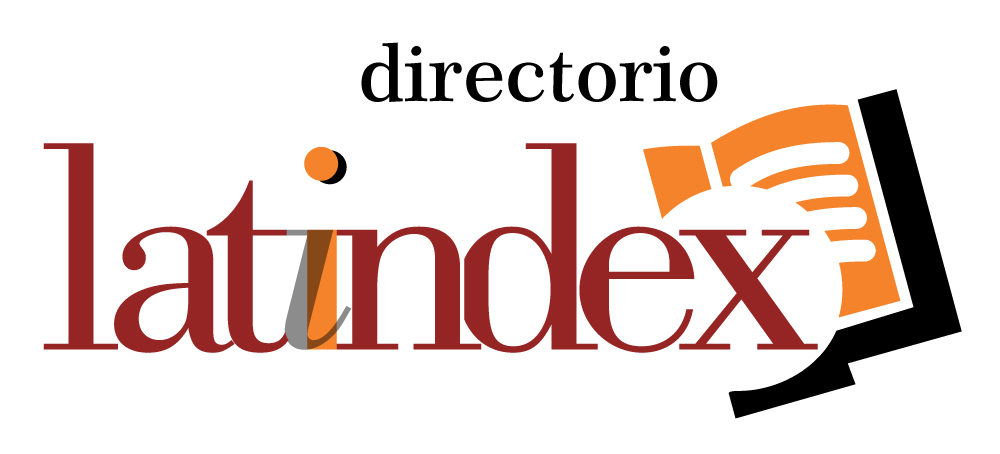
.png)
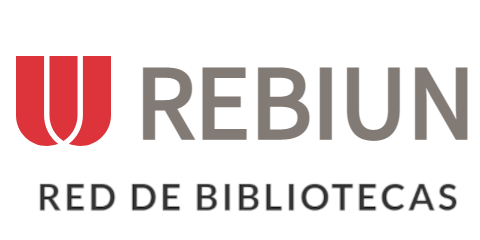







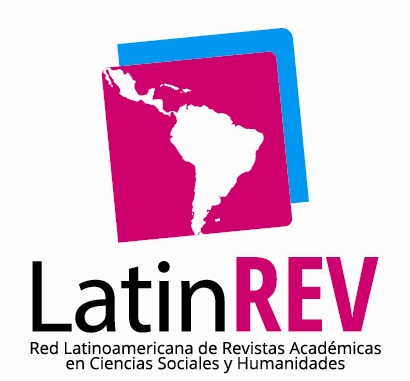

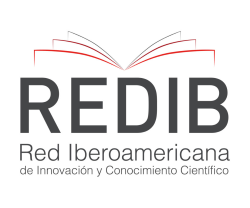




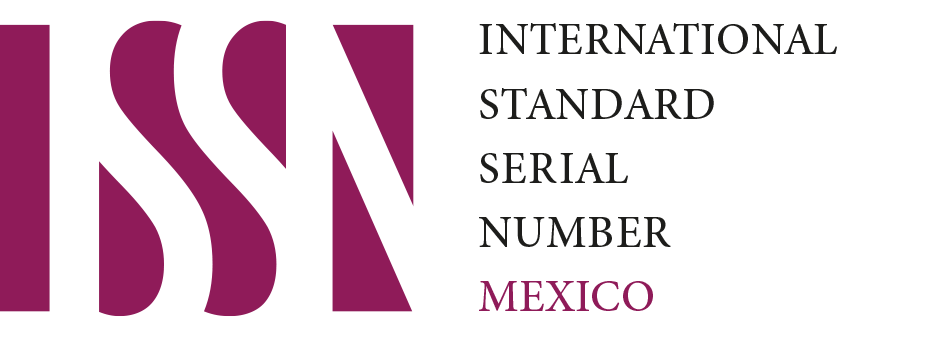
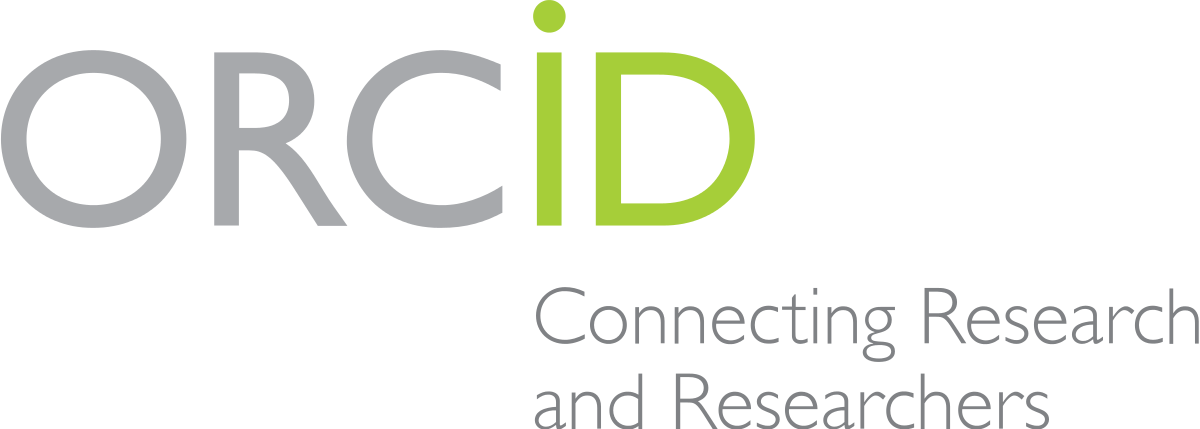



.png)
1.png)


